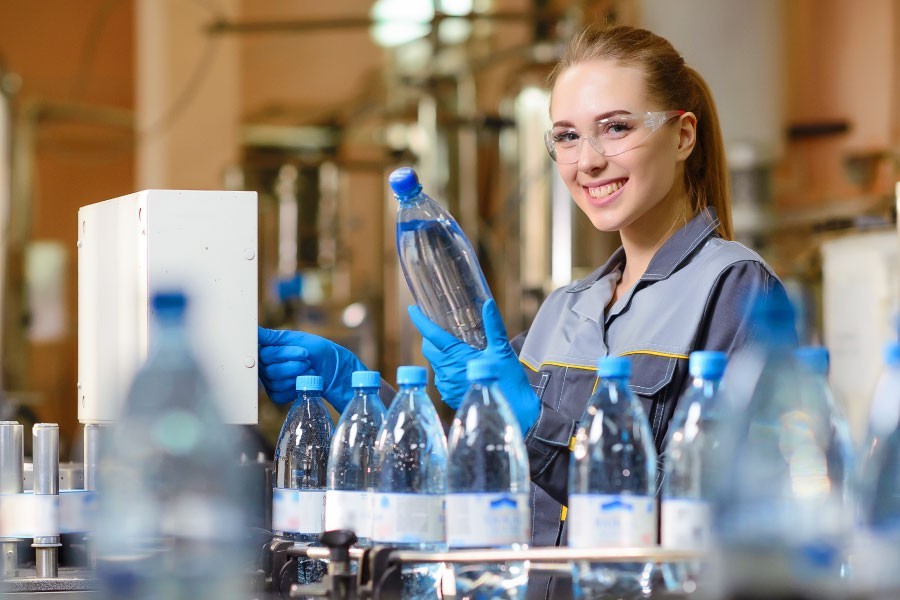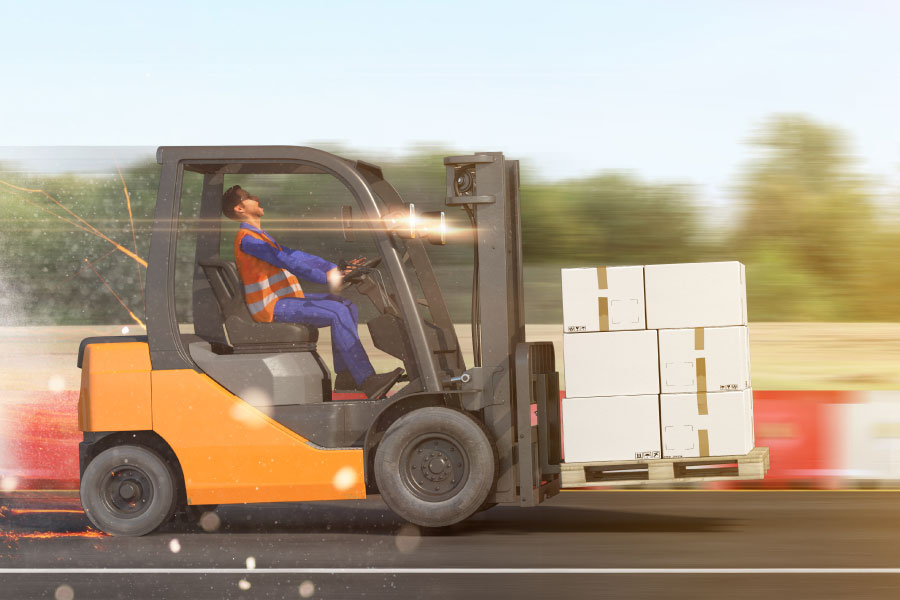
Client company:
international producer of mineral waters and beverages
Scope of the solution:
tracking through RTLS tags of handling vehicles and collection of environmental data using IoT sensors

- How important is safety in a production plant?
- How can the movement of vehicles in the warehouse be optimized while having a system capable of locating them in real time and with extreme precision?
- What collected data can be useful to a multinational food sector company?
Investing in research to improve performance and safety
As part of a project aimed at probing the potential of the IoT in the entire production site, the client company asked to experiment with a data collection flexible system useful for defining new KPIs to improve company performance.
The customer therefore expressed the desire to introduce an intelligent solution, capable to interact with the context and synthesize the information collected through intuitive dashboards.
In practice, these requirements have been translated into:
- tracking the movement of forklifts and washer-dryers
- monitoring the speed of the handling equipment and avoiding accidental collisions
- collecting temperature and humidity values in the rooms

Analysis and conclusions
KFI participated by proposing an innovative RTLS system, based on a set of antennas and ultrawideband tags, capable of detecting the position of the monitored elements in real time, with an accuracy of up to 60cm.
Through the data collected by these devices, and by the sensors integrated in them, it was possible to create infographics for monitoring the environments, personnel and assets, including:
- spaghetti chart for route optimization;
- heatmap to identify the greatest stationing areas;
- reports on the speed of assets and environmental conditions.
Based on this information, it was possible to introduce warnings in the event of exceeding certain limit thresholds. For example, alerts were defined to avoid collision between vehicles, or to signal forklifts reaching too high speeds. Other indices were used to monitor the temperature and humidity conditions inside the warehouse, key elements for a company operating in the food sector.
The test therefore offered largely positive results: it allowed the customer to acquire greater awareness of the use of their vehicles in order to make their use and maintenance more efficient from a predictive point of view, as well as to improve general safety conditions.